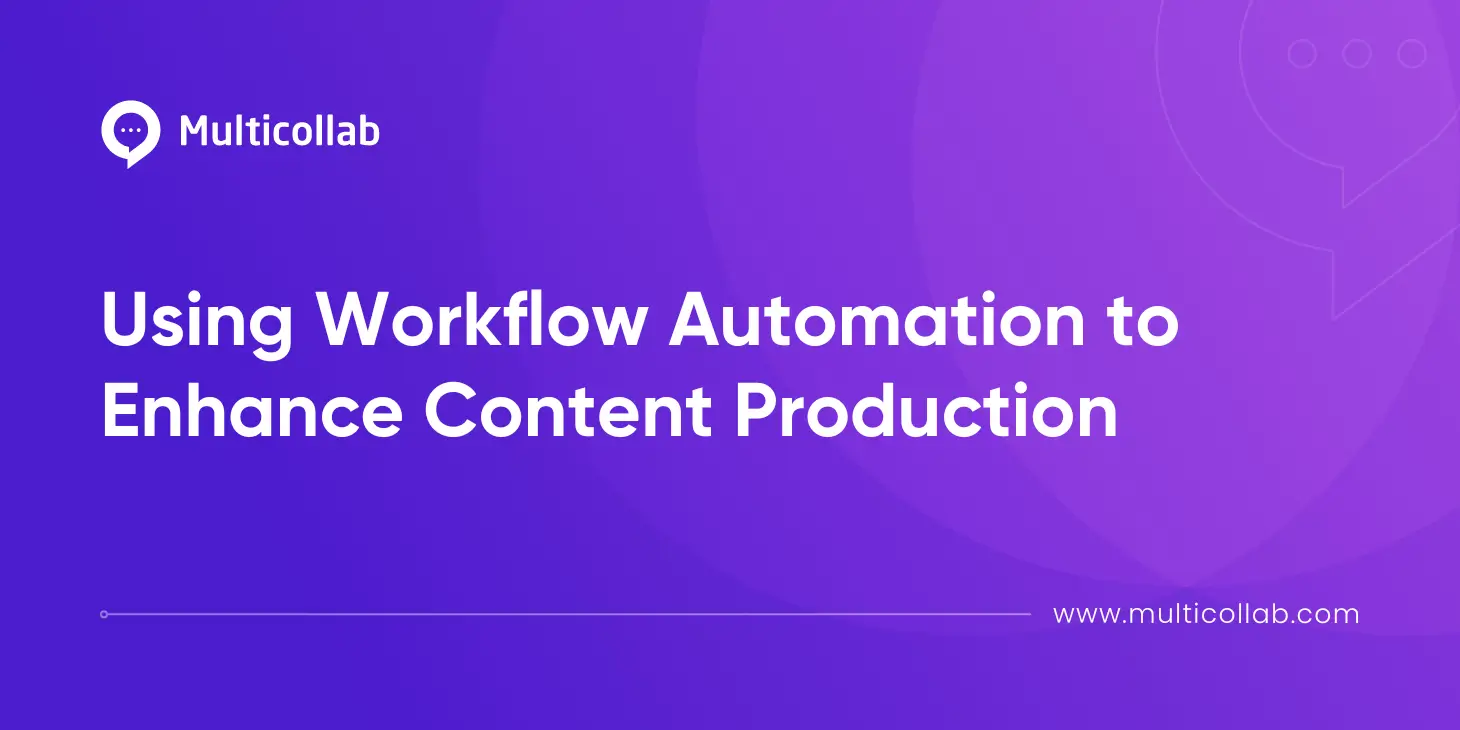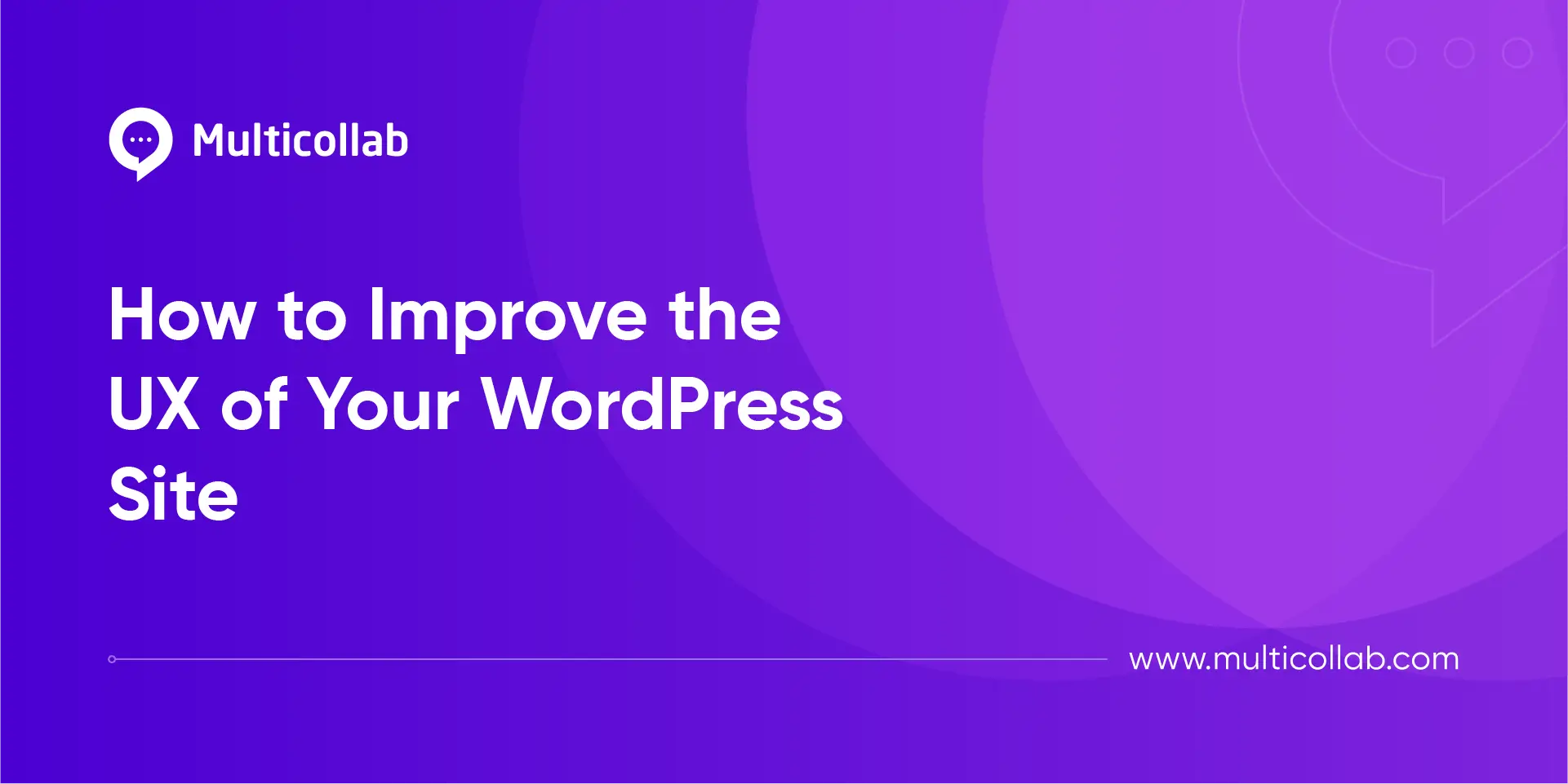Table of Contents
In 2023, digital publishing is the rage. And for all digital publishers out there, copywriting and publishing are two essential aspects that can make or break the success of their projects.
While the right copy captures the attention of the audience and conveys the intended message effectively, the right publishing workflow ensures that the content reaches the right audience at the right time.
However, the process can be complex and time-consuming, requiring a streamlined workflow and effective collaboration between various participants.
In 2021, the Digital Publishing Market size was valued at USD 170.24 billion and is poised to grow from USD 186.77 billion in 2022 to USD 367.19 billion by 2030, growing at a CAGR of 9.67% in the forecast period (2023-2030).
That well explains how publishers possess a distinct advantage in leveraging their audience insights and maximizing their content revenue streams, whether it’s via newsletters, podcasts, subscriptions, events, or other innovative approaches.
So, in this article, we will explore the A-Z of an efficient workflow for copywriting and publishing, covering everything from planning and research to editing and promotion. We will also take a look at the various tools and techniques that can help you optimize your workflow for maximum efficiency and effectiveness.
How to ace Copywriting and Publishing
A is for ‘Alignment‘
‘A’ being the first letter of the alphabet and ‘Alignment’ with the editorial workflow a must for the success of your copywriting and publishing endeavors, the first point holds authenticity. All the stakeholders involved in the process must absolutely align with the editorial strategy and the quality of deliverables expected from them. This only makes the job easier and the end product high-quality.
B is for ‘Brief’
A clear and concise brief is essential to provide direction and clarity to the copywriting and publishing team. The brief should include the purpose of the content, outline, target audience, key messages, tone of voice, and any other relevant information. This will help ensure that everyone involved in the project is on the same page and working towards the same goals.
Tools: Google Docs, Multicollab collaboration plugin.
C is for ‘Content Planning‘
Content planning involves researching and brainstorming ideas for the copy. It is crucial to have a clear idea of the topics and themes to be covered in the content, as well as the key messages to be conveyed. This will help ensure that the content is relevant, informative, and engaging for the target audience.
Tools: Editorial Calendar building tools such as Asana and CoSchedule.
D is for ‘Drafting‘
Once the content planning is done, the next step is to start drafting the copy. It is essential to follow the brief and ensure that the tone of voice and messaging is consistent throughout the content. The draft should also be reviewed and edited to ensure that it is error-free and easy to read.
E is for ‘Editing‘
Editing is an important part of the copywriting and publishing process. It involves reviewing the copy for grammar, punctuation, spelling, and syntax errors, as well as ensuring that it is concise and easy to read. It is also essential to check that the messaging and tone of voice are consistent with the brief and the target audience.
Tools: Multicollab, Grammarly, and Hemingway editor.
F is for ‘Formatting‘
Formatting is an important aspect of publishing, as it determines the readability and accessibility of the content. The copy should be formatted in a way that is easy to read and visually appealing, with headings, subheadings, bullet points, and images used where appropriate.
Tools: Ginger and Hemingway editor.
G is for ‘Graphics‘
Graphics are an essential element of content publishing, as they can help convey complex information in a visually appealing way. It is important to use high-quality graphics that are relevant to the content and the target audience.
Tools: Canva, Powtoon, Adobe Stock Photos, and Pixlr.
H is for ‘Headlines‘
Headlines are the first thing that your audience sees when they come across the content. It is essential to have clear, concise, and engaging headlines that grab the audience’s attention and encourage them to read further.
Tools: CoSchedule Headline Analyzer and Emotional Marketing Value Headline Analyzer.
I is for ‘Interaction‘
Interaction is an important aspect of content publishing, as it can help build engagement and encourage the audience to take action. Interactive elements such as polls, quizzes, and surveys can be used to encourage the audience to engage with the content and provide feedback.
J is for ‘Justification‘
Justification involves ensuring that the copy is aligned with the brand’s values, messaging, and tone of voice. It is important to ensure that the copy justifies the brand’s position and provides a clear message to the audience.
K is for ‘Keywords‘
Keywords are an essential element of content publishing, as they can help improve the visibility and searchability of the content. It is important to research and use relevant keywords that are aligned with the content and the target audience. This ensures that your writing is Search Engine Optimized (SEO).
Tools: Research + Keyword analyzer tools such as Semrush, Ahrefs, and Ubersuggest.
L is for ‘Long-form Content’
Long-form content is an essential component of an effective content marketing strategy. It refers to content that is longer than the average blog post, typically ranging from 1,500 to 10,000 words. This can include articles, guides, whitepapers, and e-books, among other formats. It is often used to provide in-depth information and insights on a particular topic and can help establish the brand as a thought leader in the industry.
M is for ‘Metrics‘
Metrics are crucial to measuring the success of the content marketing strategy. It is important to track metrics such as traffic, engagement, conversions, and revenue, and use them to make data-driven decisions. This can help optimize the content strategy and ensure that it is delivering the desired results.
Tools: Google Analytics, Google Search Console, and Buffer.
N is for ‘Nurture‘
Nurturing involves building relationships with the audience and providing them with value beyond the initial point of contact. This can involve providing additional resources, personalized content, and ongoing communication. Nurturing can help build trust and loyalty with the audience, and encourage them to take further action.
O is for ‘Optimization‘
Optimization involves ensuring that the content is optimized for search engines and social media platforms. This can include optimizing the content for keywords, using meta tags and descriptions, and ensuring that the content is shareable and visually appealing. Optimization can help improve the visibility and reach of the content, and increase engagement with the audience.
P is for ‘Promotion‘
Promotion is essential to ensuring that the content reaches the right audience at the right time. This can involve using social media, email marketing, paid advertising, and influencer outreach, among other strategies. Promotion can help increase the visibility and reach of the content and drive traffic and engagement.
Tools: Sprout Social, TweetDeck, and Buffer.
Q is for ‘Quality‘
Quality is essential to the success of any content marketing strategy. It is important to ensure that the content is well-written, informative, and engaging, and provides value to the audience. Quality can help establish the brand as a thought leader in their industry, and encourage the audience to take further action.
R is for ‘Review‘
Righly reviewing the pieces in a time-sensitive manner is crucial for the success of your content. Using checklist during the editorial and review phases is a yesteryear thing now – online collaboration of review makes sure that the content piece is purposeful and can help achieve business goals. So, enabling spontaneous review of the pieces by editors/reviewers on the go, without having the need for one to take over another’s session is a powerful capability made available by certain tools and plugins in the market
Tools: Multicollab plugin for WordPress editorial review.
S is for ‘Strategy‘
Strategizing involves developing a comprehensive plan for the content marketing strategy. It should include goals, target audience, messaging, content formats, promotion strategies, and metrics for success. A well-defined strategy can help ensure that the content is aligned with the business objectives and delivers the desired results.
T is for ‘Testing‘
Testing involves experimenting with different content formats, promotion strategies, and messaging, and using data to inform decisions. It is important to test different strategies and iterate on the content marketing strategy based on the results. Testing can help optimize the content strategy and ensure that it is delivering the desired results.
Tools: Marketing A/B testing, Split testing.
U is for ‘User Experience‘
User experience is essential to ensuring that the audience has a positive experience with the content. It is important to ensure that the content is easy to read, visually appealing, and accessible across different devices.
V is for ‘Viable’ Publishing Platforms
In today’s digital age, there are several viable publishing platforms available that can help reach the target audience. These platforms include social media channels, email newsletters, blogs, and websites. It is essential to identify the appropriate publishing platform that aligns with the business objectives and target audience.
W is for ‘Workflow‘
The workflow involves the steps involved in the content creation process, from ideation to publishing. It is important to have a streamlined workflow that enables effective collaboration between various stakeholders, including writers, editors, designers, and marketers. An efficient workflow can help save time and resources, and ensure that the content is delivered on time.
X is for ‘eXpertise‘
Expertise refers to the knowledge and skills required to create high-quality content. It is important to have a team of experts with diverse skill sets, including copywriting, editing, design, and marketing. Expertise can help ensure that the content is well-written, informative, and engaging, and delivers the desired results.
Y is for ‘Your Audience’
The first step in creating an efficient workflow for copywriting and publishing is to identify and understand the target audience. It is essential to have a clear idea of who the content is intended for, their needs, preferences, and pain points. This information will help tailor the copy to suit the audience’s interests and ensure that it resonates with them.
Tools: Research + Keyword analyzer tools such as Semrush, Ahrefs, and Ubersuggest.
Z is for ‘Zeroing in’ on everything
Factoring all the above-stated essentials is your key to prefecting the art of copywriting and publishing. Apart from these, there are certain custom factors that fit well with individual publishers and content creators. Unique in nature, these requirements when met efficiently can really make your copy stand out and your digital publishing platform an audience favorite.
The key lies in capitalizing on the performance of all of the above. By fostering innovation and building a robust workflow, digital publishers can take their brand to the next level.







